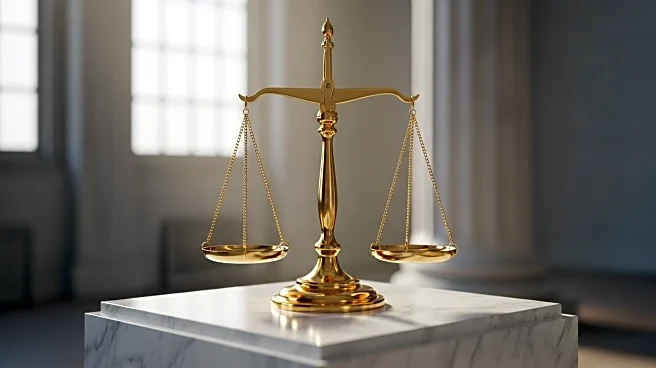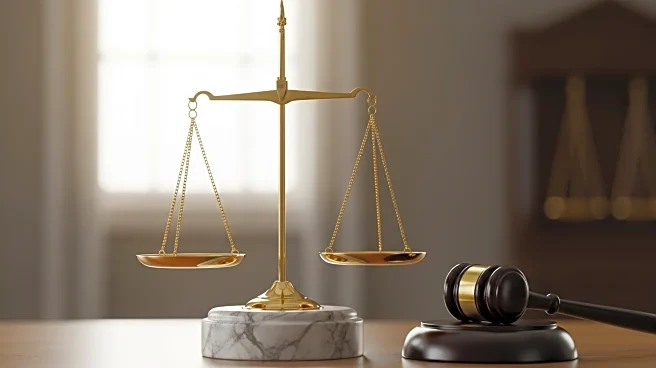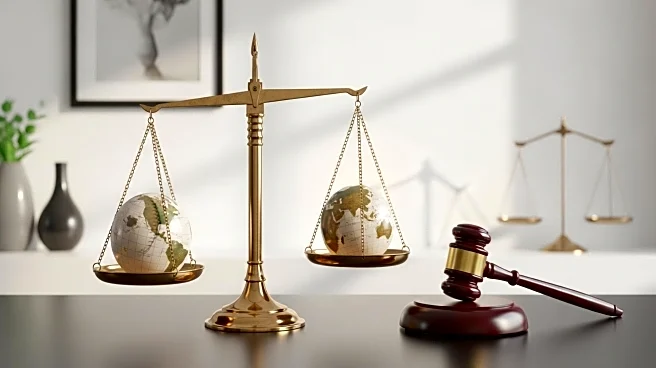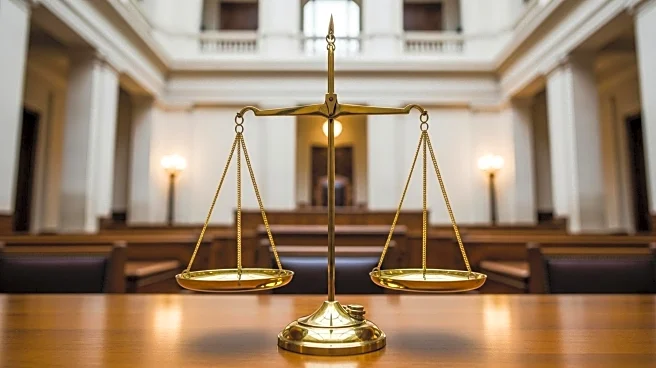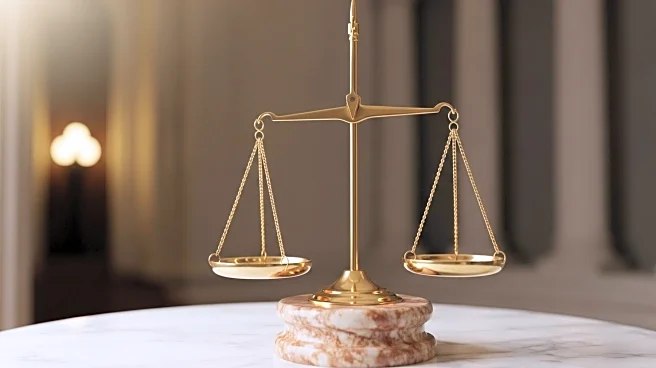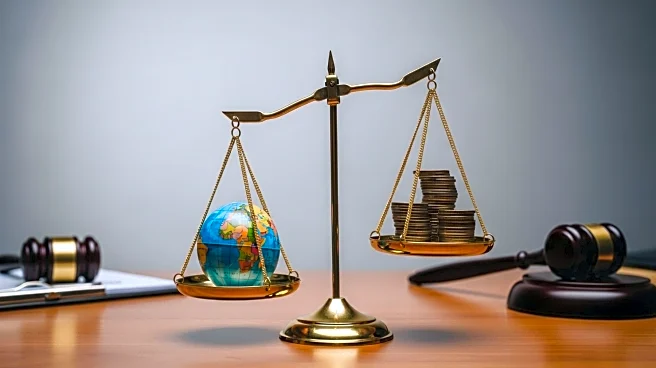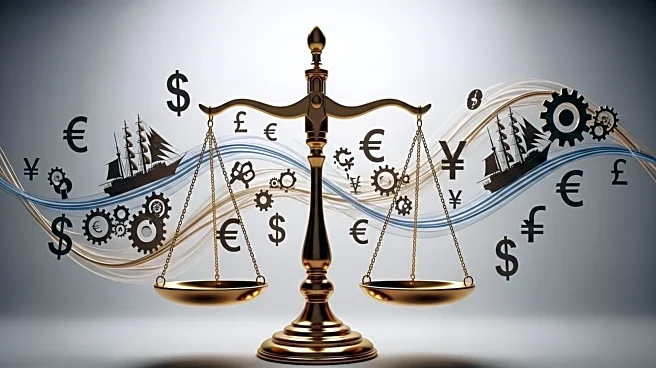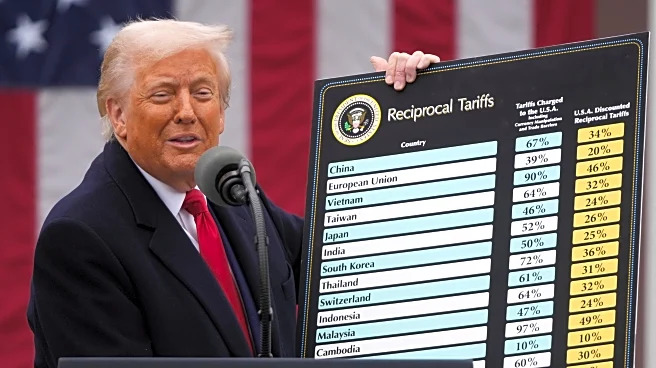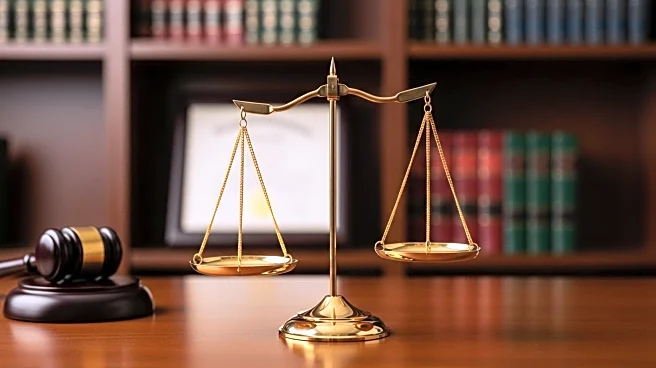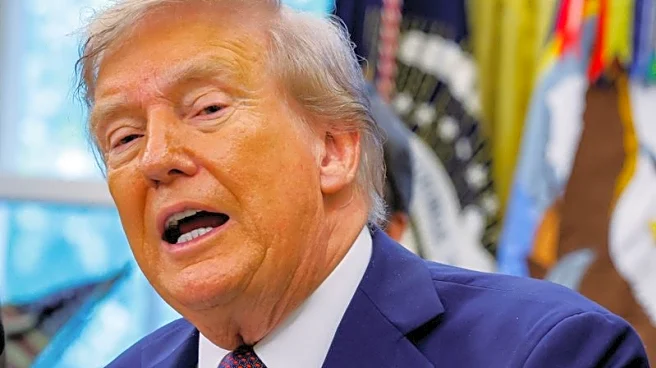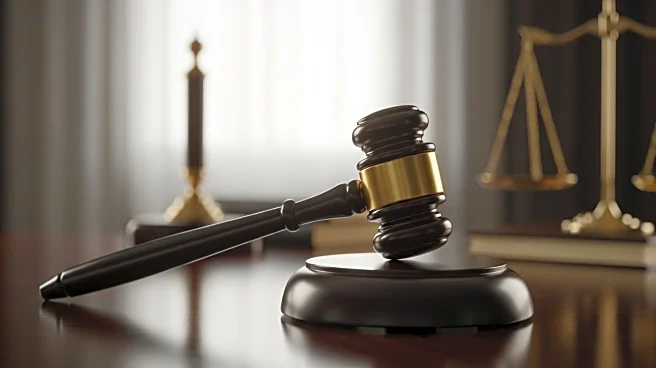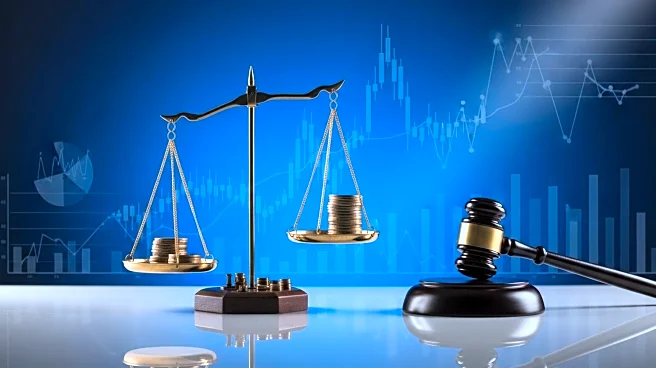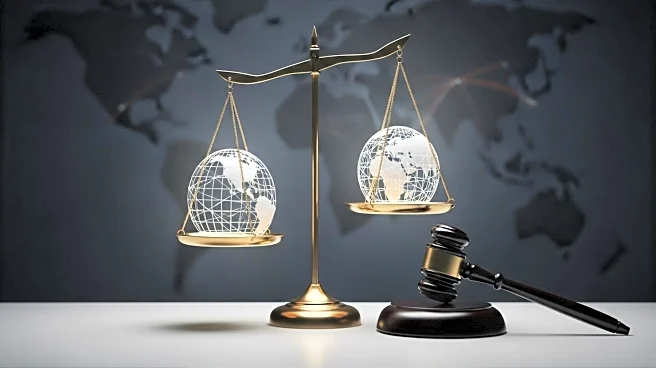What is the story about?
What's Happening?
The Supreme Court is set to review a case challenging President Trump's authority to impose tariffs unilaterally under the International Emergency Economic Powers Act (IEEPA). A recent decision by the Court of Appeals for the Federal Circuit invalidated most of Trump's claimed authority to impose tariffs, citing a lack of explicit authorization in the statute. Trump has appealed the decision, arguing that the tariffs are necessary due to a national economic emergency. The case will test the Supreme Court's willingness to scrutinize presidential emergency declarations and the extent of executive power. The outcome could have significant implications for the balance of power between the executive branch and Congress.
Why It's Important?
The case represents a pivotal moment for the Supreme Court in determining the limits of presidential authority under emergency powers. If the court sides with Trump, it could expand the scope of executive power, allowing the president to impose tariffs and potentially other measures without congressional approval. This could alter the constitutional system of checks and balances, affecting U.S. trade policy and international relations. The decision will be closely watched by political leaders, legal experts, and economic stakeholders, as it could redefine the boundaries of presidential authority and impact future administrations' ability to act unilaterally.
What's Next?
The Supreme Court's decision will have far-reaching consequences for U.S. trade policy and executive power. If the court upholds Trump's authority, it could lead to increased presidential control over economic measures, potentially affecting trade agreements and international relations. Conversely, if the court limits Trump's power, it could reinforce congressional authority over trade policy and set a precedent for future challenges to executive actions. The case may prompt legislative efforts to clarify the scope of emergency powers and influence ongoing debates about the balance of power in U.S. governance.
AI Generated Content
Do you find this article useful?
